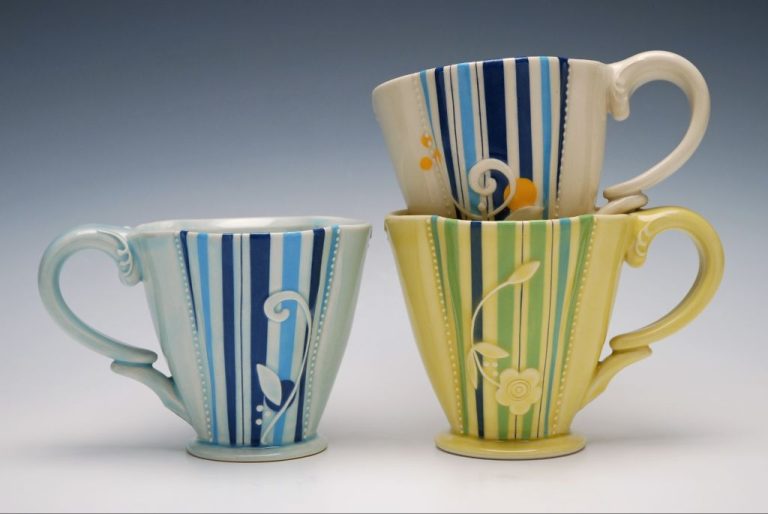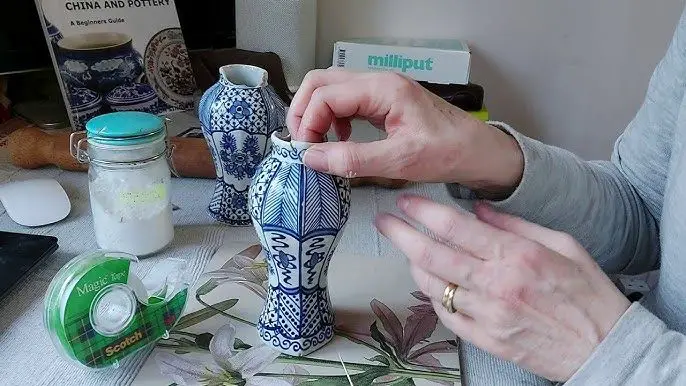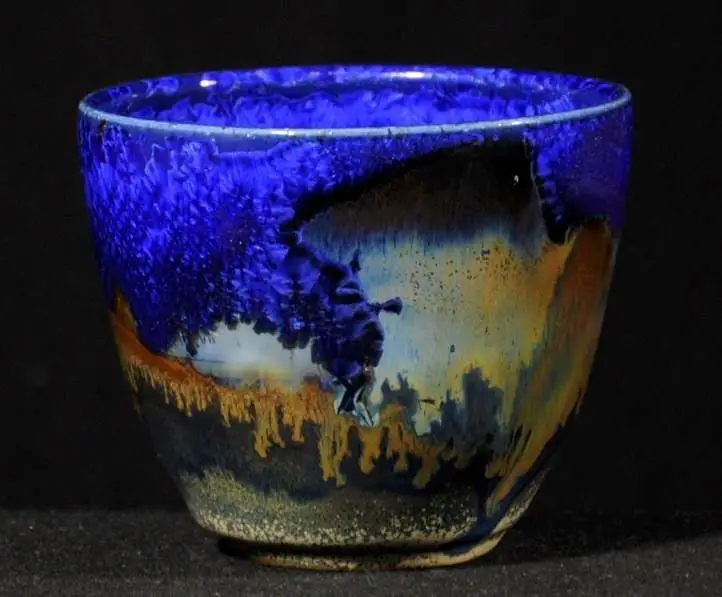How Do You Roll A Clay Rose?
Making clay roses is a fun and creative way to produce beautiful decorative flowers. With some simple clay, basic tools, and a little practice, even beginners can craft gorgeous roses that look like the real thing. The process involves sculpting the petals, leaves, and stem out of clay, letting them dry or bake, and then painting the rose to add color and realism. The end result can look incredibly lifelike and make a wonderful gift or home decoration. This step-by-step guide will cover everything you need to know to make your own clay roses, from choosing the right clay to adding the finishing touches. With a bit of time and effort, you’ll be able to create stunning clay roses to display and enjoy.
Gather Materials
The primary material you’ll need for this project is air-dry clay. Air-dry clay is an easy modeling clay to work with that does not require baking in an oven or kiln to harden. It will dry and harden at room temperature over the course of 1-3 days. Choose an air-dry clay that is soft and pliable so it’s easy to sculpt the delicate rose petals. White or natural neutral colored clay works best.
You’ll also need basic clay sculpting tools like a rolling pin, craft knife, and sculpting tools. These will help you roll out the clay into an even sheet, cut smooth petal shapes, and add details. Acrylic craft paints in rose colors like red, pink, green, etc. will be used later to paint the finished clay rose.
Prepare the Clay
To prepare the clay for rolling the rose, it is important to properly condition the clay. Start by taking a block or ball of polymer clay and kneading it aggressively in your hands to warm it up and make it pliable. Work the clay until it is soft, smooth, and free of any lumps or cracks. If the clay is cold, it may help to briefly microwave it for a few seconds at a time until it is workable.
Once the clay is conditioned, you’ll want to roll it out into an even sheet. Using a rolling pin on a flat work surface, roll out the clay until it is approximately 1/8 to 1/4 inch thick. Apply even pressure as you roll to prevent the clay from becoming too thin in any area. The thickness of the clay sheet will determine the size of the rose; a thicker sheet will yield a larger rose. Check for lumps or uneven spots and smooth them out with your hands. The clay should be a uniform thickness and ready for cutting petals.
Cut the Petals
When cutting the petals, it is recommended to cut 5-6 petals per rose. This provides enough fullness for a realistic looking rose. The petals can be cut freehand with a knife, or using petal cutters which help create uniform shapes. Freehand cutting takes more practice, but allows customizing the exact petal size and shape. Petal cutters come in various sizes and make the process easier.
To cut freehand, roll tiny balls of clay for the petals. Flatten them into oval teardrops, roughly 1/4-1/2 inch wide and 1-2 inches long. Vary the sizes slightly for a natural look. For cutters, simply press the clay into the cutter. Rotate the cutter as you lift it up to prevent distortion. Angling the cutter on the clay creates natural variations. Remove any excess clay from the cutter between petals.
Shape the Petals
After cutting out the petal shapes, it’s time to transform them into realistic looking rose petals. There are two key techniques for shaping clay rose petals that give them a natural, delicate look:
Curling the Petals
Rose petals have a natural curl and curve to them. To achieve this with clay, gently roll each petal using your fingers. Apply pressure while rolling to create a curl upward at the edges of the petal.
The amount of curl will vary for each petal. The outer petals can have a tighter curl while the inner petals may have just a slight curve. Play around with the curling to give your rose realistic, varying petals.
Adding Vein Lines
Using a toothpick, gently press along the surface of each petal to create vein lines. Apply varying pressure as you work your way down the petal to mimic the naturally tapering thickness of real petals.
Focus the vein lines more towards the base of the petal, keeping the petal tips smooth. The lines should radiate out from the base for a natural effect.
The vein lines will deepen and become more defined once the rose is painted. But taking the time to add this detail now will add realism and depth to the final piece.
Assemble the Rose
To assemble the rose, start by taking one of the larger petals and placing it in the center of where you want your rose to be. This will act as the base of the flower. Next, take 4-5 more of the larger petals and arrange them around the center petal, overlapping the edges slightly and rotating them so they create a spiral shape.
Continue adding the medium and smaller petals in the same overlapping, spiral pattern. Place petals so they gradually get smaller as you move toward the outside of the rose. The petals should cascade downward and outward from the center in a natural looking flower shape.
Keep layering and shaping the petals until you are happy with the fullness of the rose. The center petals create the base and volume, while the smaller outer petals add delicate detail. Play around with the petal placement until you achieve a rose design you like.
Create the Stem
After the rose head is assembled, it’s time to create the stem. Take a thin snake of clay about 1/4 inch thick and roll it between your hands to create a tapered cylinder. Make the stem as long as you’d like, usually 4-6 inches is a good length.
Gently press one end of the stem into the center of the rose assembly, twisting slightly to adhere it. Then use your fingers to smooth the joint. Bend the stem into a graceful arc shape.
You can add curves and bends to give the stem a more natural, organic look. Run your finger gently along the length to refine the shape. The clay should be pliable enough to bend easily without cracking.
Optional – Add Leaves
Adding leaves can give your rose an extra touch of realism. While optional, leaves help complete the look.
Shaping Leaves
To shape leaves for your rose:
- Take a small piece of green clay and roll it into a ball. This will be the leaf’s base.
- With your fingers, flatten and pinch one end of the leaf to a point. Make the edges irregular rather than smooth.
- Use a toothpick or needle tool to add veins to the leaf. Press lightly and drag outward from the center in curved lines.
- Bend the leaf slightly for a natural shape using your fingers or shaping tools.
- Repeat to create as many leaves as desired. Make leaves in different shapes and sizes for variety.
Attach the leaves to the stem below the rose flower using water or slip. Consider spacing and alternating directions of the leaves.
Let Dry Completely
After assembling your rose, it’s crucial to let it dry thoroughly before painting or finishing the piece. Air drying polymer clay can take 12-24 hours. You’ll know it’s ready when the surface is smooth and dry to the touch with no tackiness.
Rushing the drying time risks the paint cracking or flaking off. The clay also needs time to cure and harden fully. Insufficient drying can mean your rose ends up brittle or fragile.
Set the rose in a safe location where it won’t be disturbed. Avoid excessive heat like direct sunlight or hot lamps as that could cause cracking. Drying at room temperature is ideal. You can quicken the process slightly with a fan to circulate air.
Test the rose by touching the petal edges and center. All areas should be hardened, smooth, and dry before moving to the next step. Drying time depends on factors like climate, thickness of clay, and size of the rose. Larger, thicker roses may require longer drying time.
Patience is key when air drying polymer clay. Rushing through this step risks ruining your handcrafted rose, so allow adequate time for thorough drying and curing before handling the piece.
Paint and Finish
Once the clay has dried completely, it’s time to add color and sealant. Acrylic paints work great for painting polymer clay. Use acrylic paints in your desired rose colors. Paint in thin layers, allowing each layer to dry before adding another. To paint in an ombre style, start with lighter pinks at the base of the rose and use darker pinks towards the petal tips.
After the paint has dried fully, use a clear acrylic sealer or glaze to seal and protect the clay. Apply 2-3 thin, even coats of sealer, allowing each coat to dry in between. The sealer helps smooth the paint colors, provides a glossy finish, and prevents chipping or fading over time. Handling the clay rose gently once sealed will help maintain its beauty!



